Like you — I imagine –I am really jonesing to get off of couch arrest and get back to the automotive shows, events, and races that we’ve all missed for about a year. For me, attending the Pebble Beach Concours d’Elegance every August is much like the proverbial swallows returning to Capistrano (as the saying goes) every year for mating and migration.
As I write this, plans are proceeding apace for the whole of Monterey Car Week to happen, almost as normal, back on schedule this August. And unless the whole Covid scene goes to hell in a basket, I plan to be there to soak in every minute of it – you know, cars, people, parties, driving, racing, auctions, Monterey’s magnificent Peninsula – all of it.
It has been my privilege to serve as a judge at Pebble Beach for 25 years. By any measure, it is the world’s most significant concours, as it’s the one in which the big game collectors wish to play and the one they all want to win; taking home trophies and top-in-class finishes mean substantial bragging rights in the classic and collector car world and add measurable value to one’s car.

What I’ve learned in my more than two decades as a PB Judge is that the process is relatively straightforward. However, the knowledge – and judgement — required to get it right is deep, and that the rumors and (false) enigma surrounding Pebble Beach must be dismissed as quickly as Hollywood tabloid gossip.
There are nearly 100 judges that convene at 7:00 AM in the judge’s room to soak in the welcomes and opening remarks of Chairman Sandra Button and Chief Judge Chris Bock; both have decades of experience in their Pebble roles and are great leaders who set clear expectations of the judges, broken into small teams and assigned to classes of vehicles; some are clearly defined, such as Pre-War (that’s WWII we’re speaking of) Alfa Romeo or Mercedes-Benz; Open Coachwork, others less brand specific, such as Post-War Sports or Grand Touring.
Some are special annual classes that change each year, like 100 Years of Bentley, 100 Years of Zagato, and 50 years of Lamborghini Miura, or this or that. This year, the selection committee has invited back all previous Best of Show winners.
It all happens quickly; the judges hit the field at 8:30 AM and must review each car, deliberate, and file their results by 11:45. To make this possible, the judges’ preparation work and pre-show research begin months before the show; each judge is provided with the entry form, history, production numbers, and provenance documentation of each car; all of us do our own pre-event homework, and then the teams often confer and compare notes.
During the day of show judging hours, judges’ “field manner” and professionalism are critical; each team leader introduces his judging team to the owners, who then have a few moments to outline their car’s history, its originality or lack thereof, restoration, ownership, and such. Then the judges peel open their most critical eyes to sift out the imperfections; it’s part art and part science, a beauty contest blending the edicts of originality and authenticity with elegance.

Each car begins with a theoretical 100 points, with deductions levied for poor workmanship, unoriginal parts, freestyle body modifications, and “operational check” failures. Each car must start quickly and run smoothly, and all the lights, instruments, and systems are required to work properly.
The judges are allowed, and in fact encouraged, to deduct for “over restoration” – (not to be confused with quality work, which of course is recognized and appreciated), this notion comes into play when the wrong type of paint or other finishes are used instead of period-correct methods and materials.
Judges may also award “elegance points” for vehicles that are particularly beautiful in presentation, preparation, and in terms of design, coachwork, and color palette.
The rules are that every car gets a fair shake and equal judging time, and of course, every entrant/car owner is treated with the utmost courtesy. We judge cars, not owners. Politics are not welcome here. And – NO – cars are not penalized points for showing grass in tire treads or grease in a zerk fitting, as, of course, cars aren’t statues, instead, to be driven, enjoyed, and maintained.
It all comes to a head during the afternoon awards ceremony, where class and special award winners experience the particular joy of driving the car up to and across the elevated parade ramp to receive their prizes.
It’s a lot of wonderful pomp and circumstance, with Derek John Hill (son of the late great Phil) ably acting as Master of Ceremonies.
Contrary to occasional belief or rumor, the Best of Show is NOT chosen by the chairman or chief judge. There is a consortium of folks that have Best of Show voting rights and get one of the magic secret ballots – they are the Chief Class Judges (of which I’m honored to be among), certain Honorary Judges, the Chief Judge, and a few others.
Once all of the class awards have been presented, the class winners (1st place in each class) are gathered in a special corral, and it is from this group that the Best of Show finalists and winner are chosen old school, by us dropping signed ballots into a locked box.

It only makes sense that a Best of Show winner will have already been point-judged first in its class, so the Best of Show choice is no longer about points and details, yet instead trusting one’s eye, heart, and emotions in choosing what truly is the Best of the Best, thus a poster child for what Pebble Beach is all about.
So now you know.


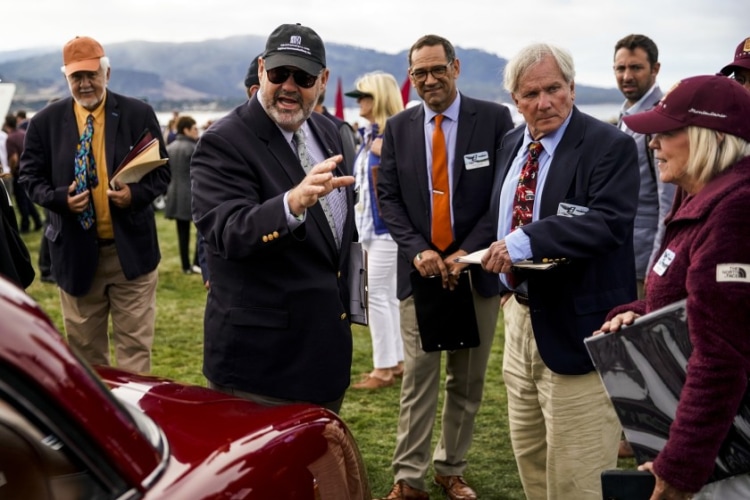
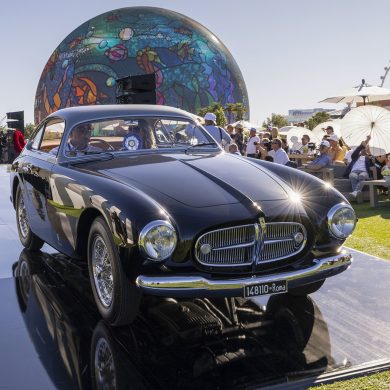
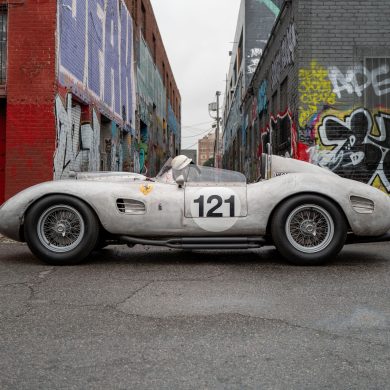
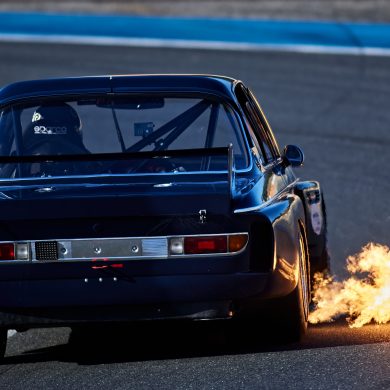
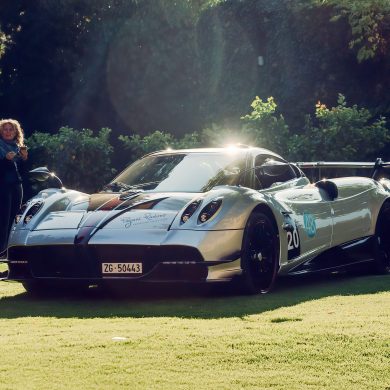
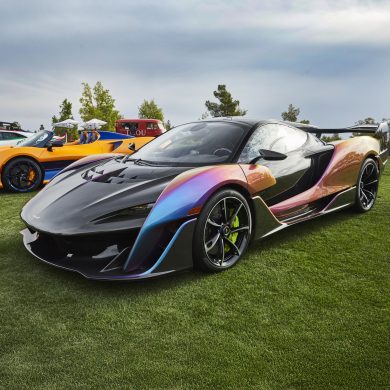



It’s nice to see a Democratic process and the division of judges by class. Informative article. Yes, there will always be the stigma of preferential treatment, and perhaps a personal bias or dislike of an entrant, but you cannot dispel and cast off the component of human nature. It will always be so. Agree, or disagree, those who observe the process and witness the net result will sometimes question objectivity and subjectivity of the process and selection thereof. Ultimately, there is no better way of how its done, such as it currently exists, and from I have noted over the years…. well done. Congratulations.
Great insight into the judging at PB and other top flight concours. I always thought that the judges had to have an encyclopedic knowledge of every car ever made. It’s nice to know that they get to study up on the cars that they will be evaluating. Thanks Matt for the insight to how it really works.
Nice explanation of the process Matt. That Sunday morning breakfast in the company of marque experts from across the globe, along with the distinguished honorary royalty from automotive design studios, racing teams and manufacturers is a heady experience to be savored every year..
Matt, Thanks for taking the time to explain what goes on with the judging at Pebble.
I did participate the year when a dozen duPont classics were invited as one of the feature Marques that year.
It was an experience I will cherish along 60 plus years I have been involved with clubs like the AACA and CCCA.
Stan Smith, Boalsburg, PA